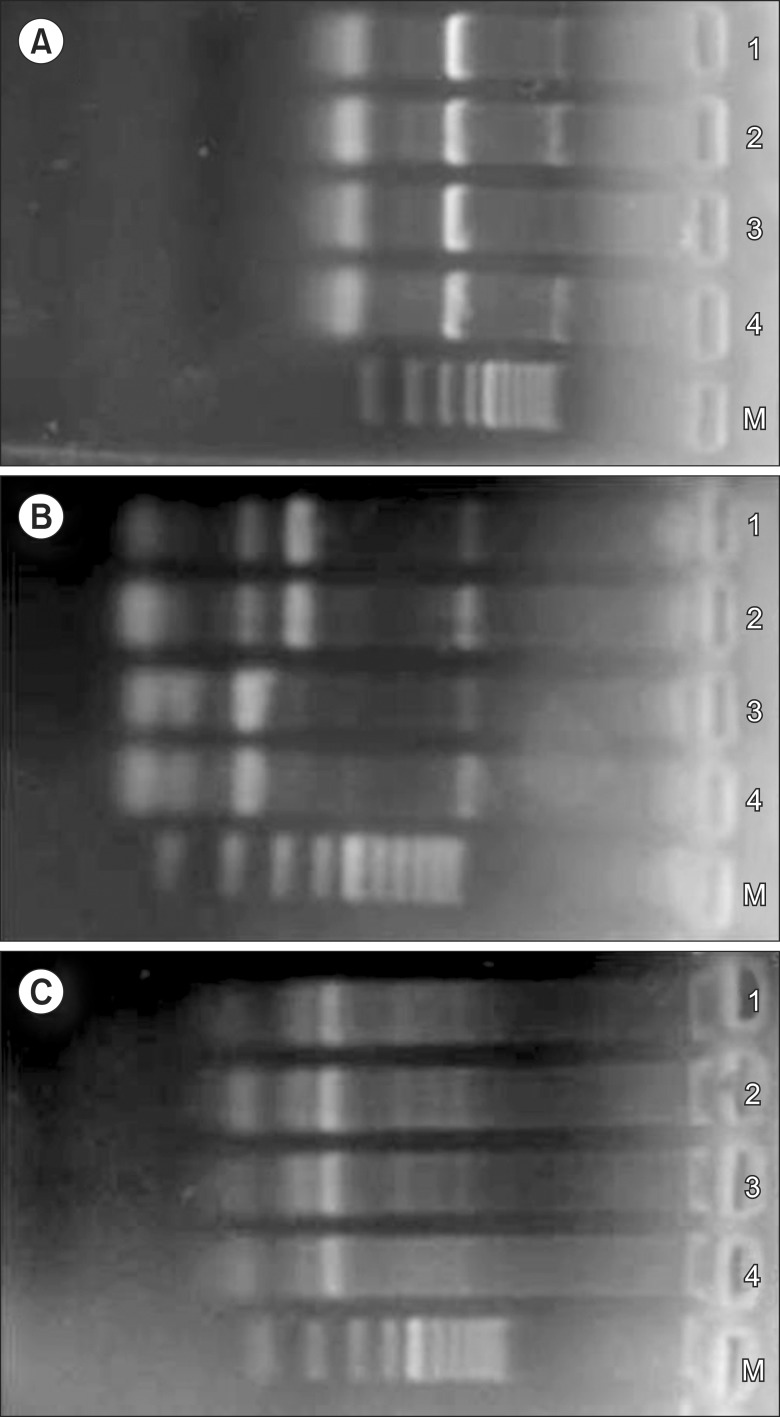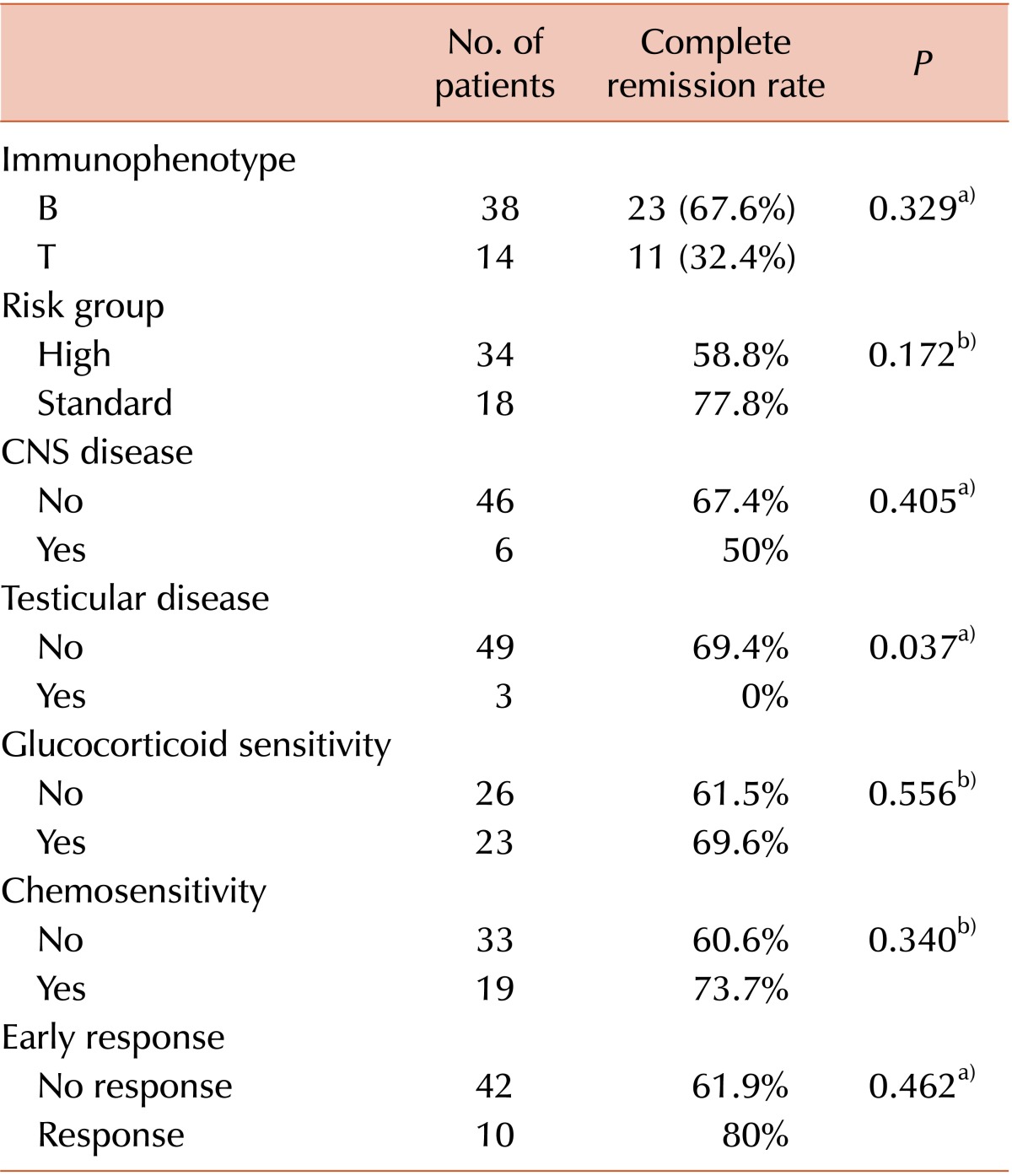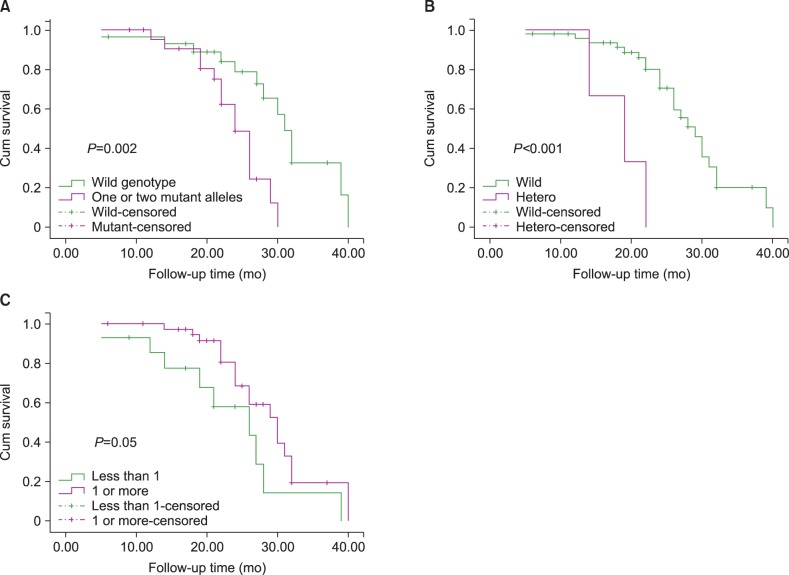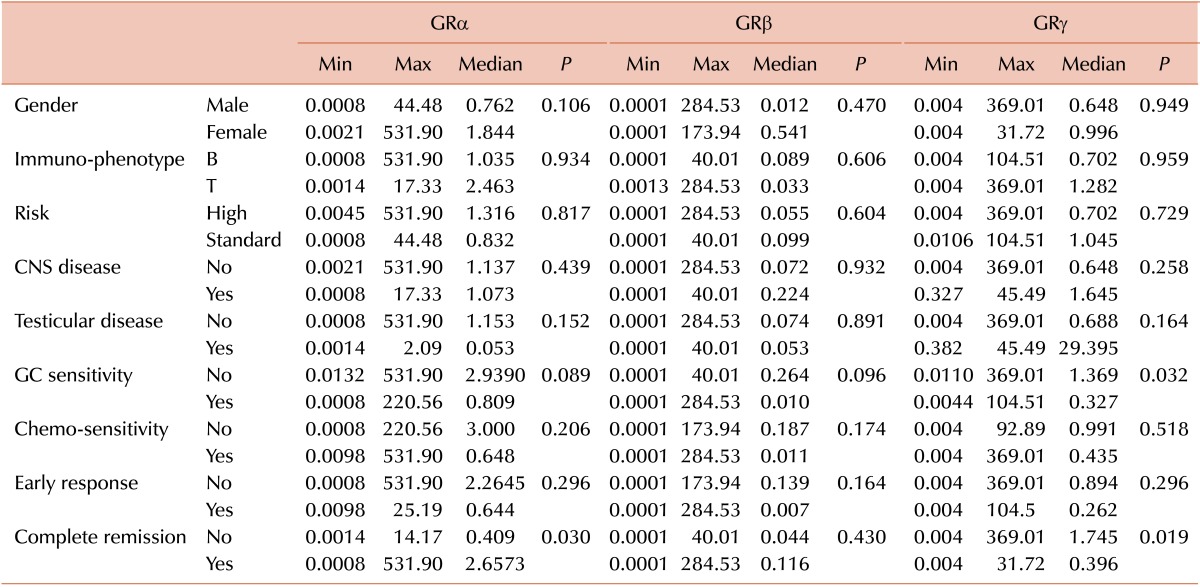1. Pui CH, Robison LL, Look AT. Acute lymphoblastic leukaemia. Lancet. 2008; 371:1030–1043. PMID:
18358930.

2. Pession A, Valsecchi MG, Masera G, et al. Long-term results of a randomized trial on extended use of high dose L-asparaginase for standard risk childhood acute lymphoblastic leukemia. J Clin Oncol. 2005; 23:7161–7167. PMID:
16192600.

3. Baxter JD. Advances in glucocorticoid therapy. Adv Intern Med. 2000; 45:317–349. PMID:
10635054.
4. Hollenberg SM, Weinberger C, Ong ES, et al. Primary structure and expression of a functional human glucocorticoid receptor cDNA. Nature. 1985; 318:635–641. PMID:
2867473.

5. Oakley RH, Sar M, Cidlowski JA. The human glucocorticoid receptor beta isoform. Expression, biochemical properties, and putative function. J Biol Chem. 1996; 271:9550–9559. PMID:
8621628.
6. Rivers C, Levy A, Hancock J, Lightman S, Norman M. Insertion of an amino acid in the DNA-binding domain of the glucocorticoid receptor as a result of alternative splicing. J Clin Endocrinol Metab. 1999; 84:4283–4286. PMID:
10566686.

7. Roussel R, Reis AF, Dubois-Laforgue D, Bellanné-Chantelot C, Timsit J, Velho G. The N363S polymorphism in the glucocorticoid receptor gene is associated with overweight in subjects with type 2 diabetes mellitus. Clin Endocrinol (Oxf). 2003; 59:237–241. PMID:
12864802.

8. van Rossum EF, Koper JW, van den Beld AW, et al. Identification of the BclI polymorphism in the glucocorticoid receptor gene: association with sensitivity to glucocorticoids in vivo and body mass index. Clin Endocrinol (Oxf). 2003; 59:585–592. PMID:
14616881.

9. van Rossum EF, Koper JW, Huizenga NA, et al. A polymorphism in the glucocorticoid receptor gene, which decreases sensitivity to glucocorticoids in vivo, is associated with low insulin and cholesterol levels. Diabetes. 2002; 51:3128–3134. PMID:
12351458.

10. Huguet F, Leguay T, Raffoux E, et al. Pediatric-inspired therapy in adults with Philadelphia chromosome-negative acute lymphoblastic leukemia: the GRAALL-2003 study. J Clin Oncol. 2009; 27:911–918. PMID:
19124805.

11. Thomas X, Boiron JM, Huguet F, et al. Outcome of treatment in adults with acute lymphoblastic leukemia: analysis of the LALA-94 trial. J Clin Oncol. 2004; 22:4075–4086. PMID:
15353542.

12. Itakura H, Coutre SE. Acute lymphoblastic leukemia in adults. In : Greer JP, Foerster J, Rodgers GM, editors. Wintrobe's clinical hematology. 12th ed. Philadelphia, PA: Lippincott Williams & Wilkins;2009. p. 1821–1843.
13. Bachmann AW, Sedgley TL, Jackson RV, Gibson JN, Young RM, Torpy DJ. Glucocorticoid receptor polymorphisms and post-traumatic stress disorder. Psychoneuroendocrinology. 2005; 30:297–306. PMID:
15511603.

14. Lin RC, Wang WY, Morris BJ. Association and linkage analyses of glucocorticoid receptor gene markers in essential hypertension. Hypertension. 1999; 34:1186–1192. PMID:
10601116.

15. Koga Y, Matsuzaki A, Suminoe A, Hattori H, Kanemitsu S, Hara T. Differential mRNA expression of glucocorticoid receptor alpha and beta is associated with glucocorticoid sensitivity of acute lymphoblastic leukemia in children. Pediatr Blood Cancer. 2005; 45:121–127. PMID:
15704223.
16. Livak KJ, Schmittgen TD. Analysis of relative gene expression data using real-time quantitative PCR and the 2(-Delta Delta C(T)) method. Methods. 2001; 25:402–408. PMID:
11846609.
17. Aplenc R, Lange B. Pharmacogenetic determinants of outcome in acute lymphoblastic leukaemia. Br J Haematol. 2004; 125:421–434. PMID:
15142113.

18. Fleury I, Beaulieu P, Primeau M, Labuda D, Sinnett D, Krajinovic M. Characterization of the BclI polymorphism in the glucocorticoid receptor gene. Clin Chem. 2003; 49:1528–1531. PMID:
12928238.

19. Huizenga NA, Koper JW, De Lange P, et al. A polymorphism in the glucocorticoid receptor gene may be associated with and increased sensitivity to glucocorticoids in vivo. J Clin Endocrinol Metab. 1998; 83:144–151. PMID:
9435432.
20. Tissing WJ, Meijerink JP, den Boer ML, et al. Genetic variations in the glucocorticoid receptor gene are not related to glucocorticoid resistance in childhood acute lymphoblastic leukemia. Clin Cancer Res. 2005; 11:6050–6056. PMID:
16115950.

21. Namazi S, Zareifar S, Monabati A, Ansari S, Karimzadeh I. Evaluating the effect of 3 glucocorticoid receptor gene polymorphisms on risk of relapse in 100 Iranian children with acute lymphoblastic leukemia: a case-control study. Clin Ther. 2011; 33:280–290. PMID:
21497906.

22. Manenschijn L, van den Akker EL, Lamberts SW, van Rossum EF. Clinical features associated with glucocorticoid receptor polymorphisms. An overview. Ann N Y Acad Sci. 2009; 1179:179–198. PMID:
19906240.
23. Reichardt HM, Umland T, Bauer A, Kretz O, Schütz G. Mice with an increased glucocorticoid receptor gene dosage show enhanced resistance to stress and endotoxic shock. Mol Cell Biol. 2000; 20:9009–9017. PMID:
11073999.

24. Beger C, Gerdes K, Lauten M, et al. Expression and structural analysis of glucocorticoid receptor isoform gamma in human leukaemia cells using an isoform-specific real-time polymerase chain reaction approach. Br J Haematol. 2003; 122:245–252. PMID:
12846893.

25. Haarman EG, Kaspers GJ, Pieters R, Rottier MM, Veerman AJ. Glucocorticoid receptor alpha, beta and gamma expression vs in vitro glucocorticod resistance in childhood leukemia. Leukemia. 2004; 18:530–537. PMID:
14724649.

26. Gerdes K, Beger C, Lauten M, et al. Quantification of the glucocorticoid receptor and its splice variant gamma in childhood acute Lymphoblastic leukemia using real-time PCR. Blood (ASH Annual Meeting Abstracts). 2001; 98(Suppl):abst 113.





 PDF
PDF ePub
ePub Citation
Citation Print
Print






 XML Download
XML Download